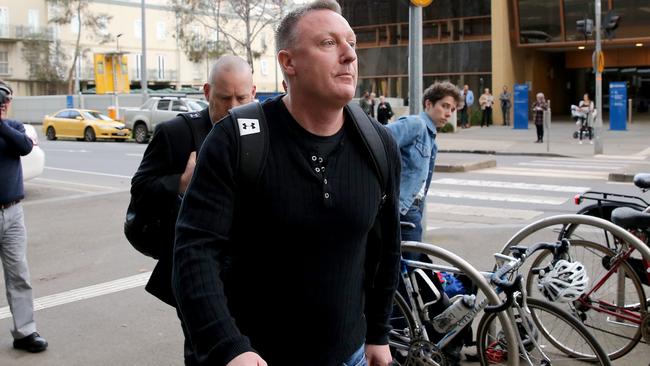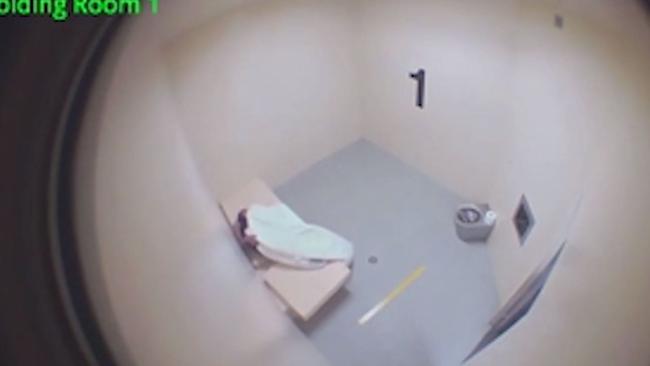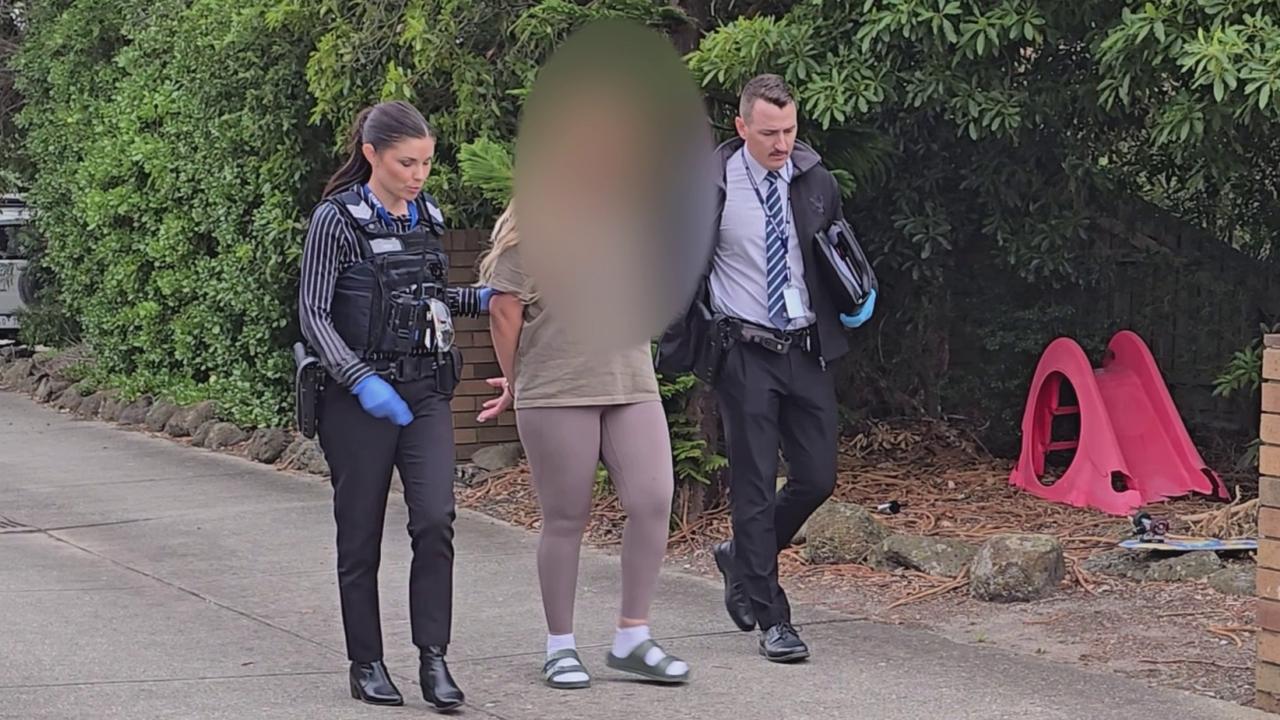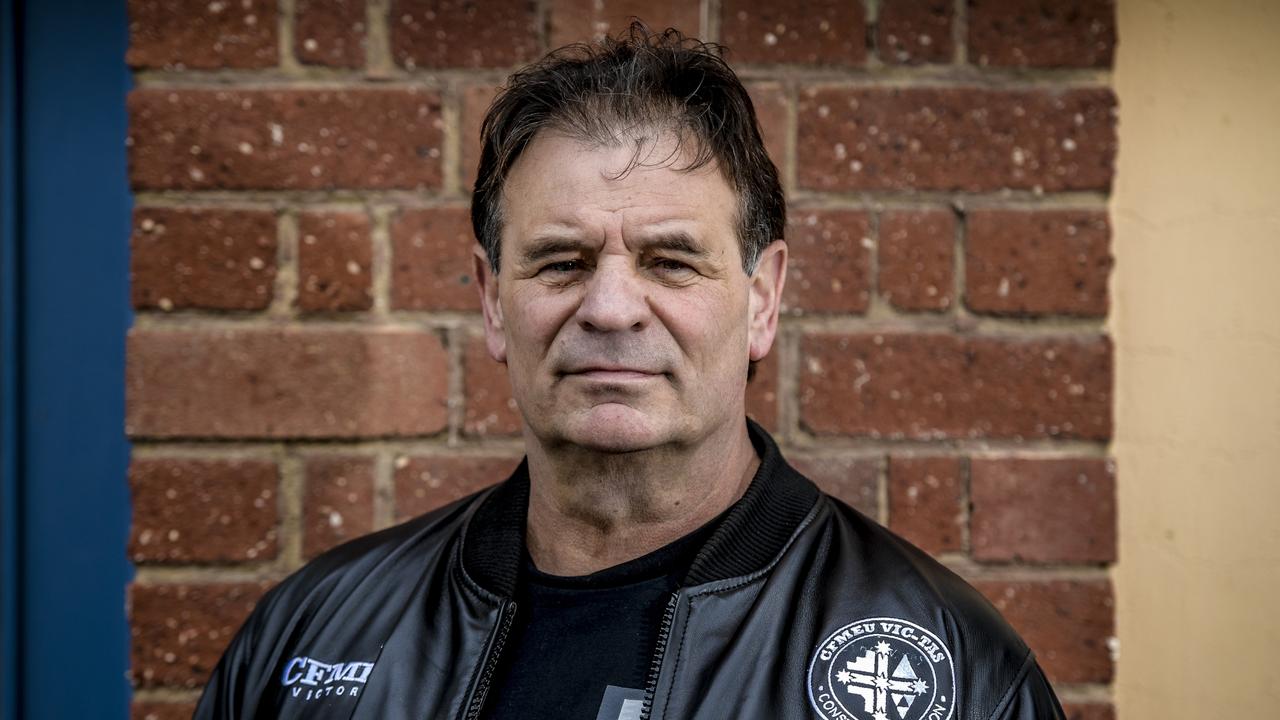Coroner to rule on release of ‘confronting’ Tanya Day footage
A coroner is expected to decide on Friday whether to release footage of Tanya Day’s fatal fall in a police cell.

A coroner is expected to decide on Friday whether to release footage of an Aboriginal grandmother falling and smashing her head against a wall while being held in a police cell in regional Victoria.
The children of Yorta Yorta woman Tanya Day, who died of a brain haemorrhage 17 days after falling five times in cell number one at Castlemaine Police station, are pushing for the release of the CCTV video of their mother who was taken into custody for being drunk on December 5, 2017.
Emrys Nekvapil, who is representing Day’s family, told coroner Caitlin English on Thursday he understood the footage would be confronting to the public but the family want it made public because it was “Tanya’s voice”.

“The sensitivity we might feel and our sense of the vulnerability of Tanya Day might be our own feelings when confronted with that imagery,” he said.
“I’m instructed the family want that shown because it shows what was perpetrated [against] Tanya.”
“What occurred to her when she went from sleeping on the train to being taken into custody and the sort of sensitivity we might feel belong to us rather than her and her community.”
Day, 55, was arrested for being drunk on a train on December 5 in 2017. She was sleeping and became confused when she was asked for a ticket.
The CCTV footage from the prison cell, which has been played at the inquest but not yet released, shows an intoxicated Day lying on her cell bed during checks at 4.17pm and 4.50pm. At 4.51pm she tumbled over the cell bench and smashed her forehead against a wall. This is the fall that caused the brain haemorrhage that killed her 17 days later in a Melbourne hospital.
Mr Nekvapil said releasing the footage would allow Day to tell her side of the story.
“The footage is Tanya Day’s voice in this proceeding,” he said.
“It’s her opportunity to tell the truth about what happened in that cell.”
Coroner English previously denied the release of the footage on the grounds witnesses who appear in the vision had not yet given evidence.
The coronial inquiry is examining the role systemic racism played in her death.
Leading Senior Constable Wolters, tasked with making welfare checks on Day, told the inquest on Thursday he didn’t want to enter the cell when he made a physical check on the Yorta Yorta woman at 5.35pm because she was in an undignified position.
"I found her to be in a very undignified position for a lady to be in," he said.
"I have seen a lot of males in that position in our cells, a lot of males, and I found it a little bit confronting and I spoke to her, I got a verbal response from her, and I left her to her own privacy and dignity."
Day lies down with her legs hanging over the side of the cell bed.
"You found it embarrassing and confronting to deal with an indigenous woman?" Peter Morrissey SC, the lawyer representing the Day family, asked the officer.
"No," he replied.
The footage of an Aboriginal woman known as Ms Dhu who died in police custody in Western Australia in 2014 was released at the end of the inquiry into her death.




